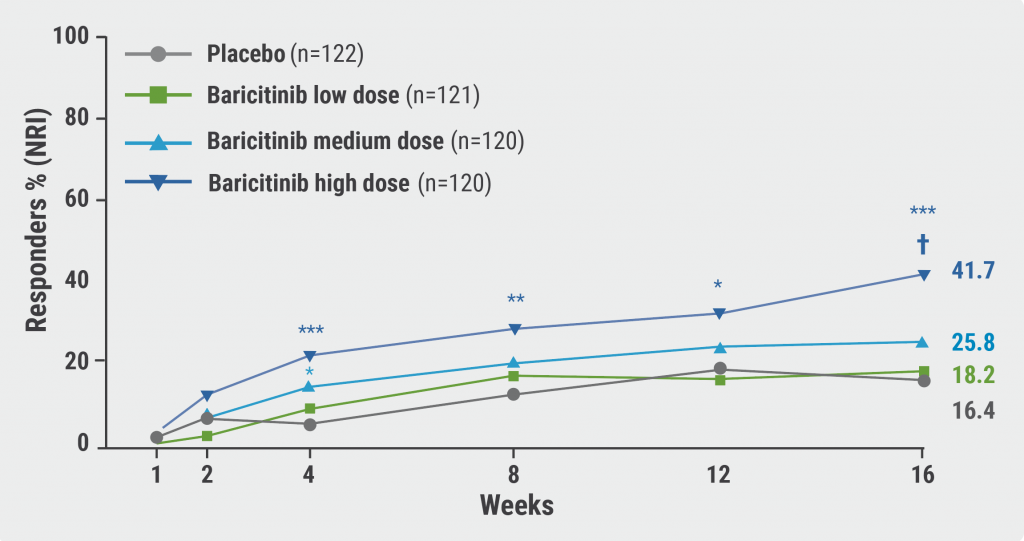https://doi.org/10.55788/30e4c05c
“This research shows just how entrenched the “healthy” suntan myth is, even in those who have already suffered sun damage or developed skin cancer,” lead researcher Prof. Thierry Passeron (Université Côte d’Azur, France) commented during the EADV press conference. The survey included 6,000 participants from the United Kingdom, Germany, France, Spain, Italy, and Russia, while the remaining participants were from non-European countries, including North and South America, Africa, Oceania, and Asia [1]. Having a tan is still found attractive in 8 out of 10 Europeans and 73% find a tan “healthy”. Inhabitants from non-European countries were slightly less enthusiastic about suntans than Europeans, with 67% saying a tan was attractive and 59% believing a tan was healthy.
Did prevention campaigns at least result in better-informed, at-risk participants? Not really. According to a second analysis, awareness of the dangers of the sun was higher in participants with a history of skin cancer, pre-cancerous lesions, photodermatosis, or those taking immunosuppressive or photosensitising drugs. However, even in this at-risk group, 59% said they could not imagine coming back from a holiday without a tan compared with 48% of those without a medical history.
The survey also revealed that only 56% of Europeans know sun protection is useful when the weather is overcast (vs 64% outside of Europe) and 1 in 4 (24%) thought it was safe to go outside without sun protection when they were already tanned (vs 21% outside of Europe). Although 92% of Europeans were aware of the skin ageing risks posed by the sun (86% outside of Europe), 84% admitted they did not protect themselves all year round (79% outside of Europe).
Only 1 out of 10 (10%) Europeans said they routinely or often used all forms of sun protection, such as applying sunscreen, staying in the shade, wearing a hat and protective clothing all year round compared with 14% amongst those outside of Europe. “We must drive awareness of the damage to skin cells caused by exposure to the sun, which can lead to photoaging and skin cancer. This is particularly important in Europe where sun protection appears most inadequate compared with other countries. The public must also understand that they need to protect their skin all year round, even during overcast weather conditions,” Prof. Passeron concluded.
- Passeron T, et al. Sun exposure and associated risks in 17 countries: results from Europe compared to other continents. Abstract No 129, EADV Congress 2022, Milan, Italy, 7–10 September.
Copyright ©2022 Medicom Medical Publishers
Posted on
Previous Article
« Fern extract reverses severe actinic keratosis lesions Next Article
Markedly lower skin cancer risk in vitiligo patients »
« Fern extract reverses severe actinic keratosis lesions Next Article
Markedly lower skin cancer risk in vitiligo patients »
Table of Contents: EADV 2022
Featured articles
Letter from the Editor
Psoriasis and Psoriatic Arthritis: What You Need to Know
Novel oral psoriasis drug maintains efficacy over 2 years
A3 adenosine receptor agonist showed modest efficacy but excellent tolerability
Selective IL-23 inhibitor achieves long-term disease control in many patients with active PsA
AI machine learning algorithm useful in early detection of PsA
Novel Developments in Sun Protection
Myths regarding “health benefit” of suntan prevail in majority of population
Fern extract reverses severe actinic keratosis lesions
Vitiligo in 2022
Enhancing re-pigmentation rates with topical ruxolitinib in all body areas
Markedly lower skin cancer risk in vitiligo patients
Pruritus Treatment: Novel Agents Entering the Arena
Dupilumab leads to clinically relevant improvements in signs and symptoms of prurigo nodularis
Nalbuphine: aspiring to become another treatment for prurigo nodularis?
Notalgia paresthetica: may κ-opioid receptor agonists be a long-awaited effective therapy?
Pharmacotherapy in Hidradenitis Suppurativa: New Opportunities
High potential for secukinumab as next biologic treatment for HS
Hidradenitis suppurativa: TYK2/JAK1 inhibitor shows promise
Best of the Posters
High rate of non- or partial responders jeopardises therapeutic success in HS
Genital psoriasis: high prevalence, often underdiagnosed
Decreased overall survival in melanoma patients with low vitamin D
News in Atopic and Seborrheic Dermatitis
Baricitinib possible therapeutic option for children with AD
Amlitelimab therapy leads to sustained decrease of IL-22 in AD patients
IL-13 inhibition with lebrikizumab shows high maintenance rates in AD
Does 8 weeks of emollients use prevent AD in high-risk infants?
Roflumilast foam led to high response rates in seborrheic dermatitis
What Is Hot in Hair Disorders?
Long-term improvement in alopecia areata with ritlecitinib therapy
Topical gel plus finasteride beneficial for patients with androgenetic alopecia
Deuruxolitinib achieves hair regrowth, even in patients with severe alopecia areata
Related Articles

November 5, 2022
Baricitinib possible therapeutic option for children with AD
November 5, 2022
Decreased overall survival in melanoma patients with low vitamin D
November 5, 2022
Fern extract reverses severe actinic keratosis lesions
© 2024 Medicom Medical Publishers. All rights reserved. Terms and Conditions | Privacy Policy
HEAD OFFICE
Laarderhoogtweg 25
1101 EB Amsterdam
The Netherlands
T: +31 85 4012 560
E: publishers@medicom-publishers.com

